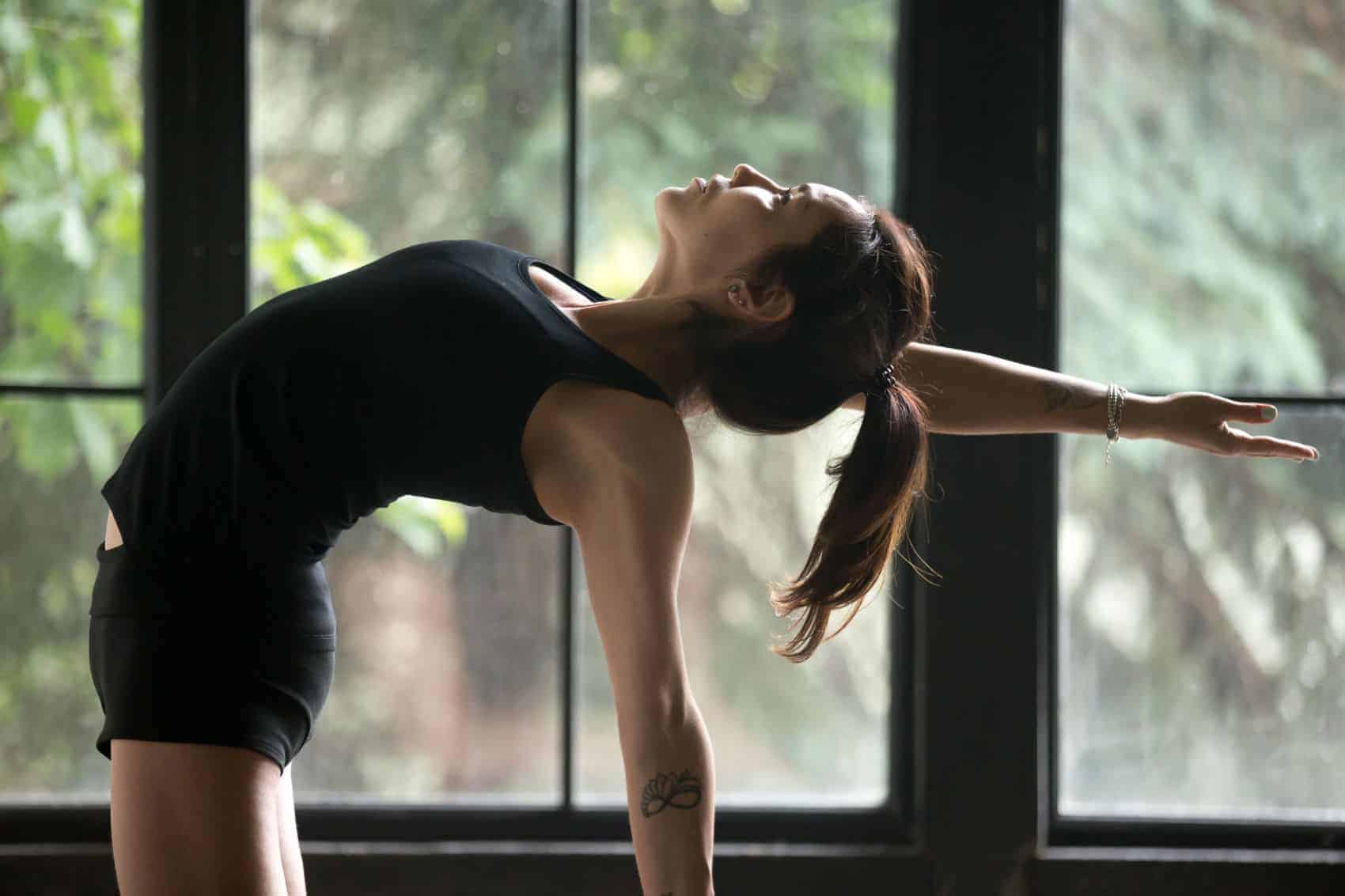Your cart is currently empty!

Your cart is currently empty!
Just to dwell on the first day workshop topic, where we discussed of relational self.. i hope those who did...

Just to dwell on the first day workshop topic, where we discussed of relational self.. i hope those who did not attend workshop too will get an idea of what we discussed from this mail.. but as usual, it is a bit long.. so take your time What is bending backward? Well, it implies a movement from the current position, which can be relatively termed the ‘front’, towards the ‘back’.
What is the ‘front’ then? Something, which is ‘relatively’ in front of another thing. And ‘back’? Something which is ‘relatively’ behind another thing. So, in this moment you can say that the back rest of the chair on which you sitting is at the back of you, because you are sitting in its front. But in relation to the computer per-se, perhaps you can say, you are behind the computer, and that the computer is in your front. So, underlying all such directional notions is the principle of relativity. Now, when we take up consciousness itself, what is in the ‘front’ of your consciousness, and what might be at the ‘back’? A fundamental principle you have to understand is that, in all moments of awareness except in deep sleep, there is a knowing of some sort. It can be a sensory knowing, like ‘what a beautiful flower’, or, ‘nice music’, or ‘what is that aroma’, or, ‘it is so hot here’, etc. Or it can be a knowing of a thought, maybe a memory, or a futuristic thought, or a thought about an incident, or a person etc.
Now, whatever this known object maybe- that is in the ‘front’ of consciousness. And then what happens is, your consciousness, which is relatively behind that thought, as it becomes conscious of it, and as it relates to it, it tends to immediately mutate into a ‘self’. And that self then seems to takes over the entire ownership or identity of our consciousness, which then kind of gets constricted and stuck to the front. For eg, when the image of your husband comes up in the front of your consciousness, then in relation to that, the wife self forms in the front; similarly, in relation to the child, mother self forms; in relation to your mother, the child self forms; in relation to the student, the teacher self forms; in relation to the company you work for, the employee self forms etc.
In short a union happens between the ‘known thought’ and the ‘knowing consciousnesses’ in the form of a ‘self’. And this ever changing ‘self forming’ in relation to the ‘ever changing thoughts in front’ is what we termed in the workshop as the ‘relational self’. Now, this process of ‘relational self-ing’ is important, so that we can interact appropriately in the society, carry out our social responsibilities etc. However, the problem is when the relational self starts to cling and precipitates to become a layer in front of consciousness. And then, we start developing certain ideas about it.
So, for eg, say for a new teacher, once the ‘yoga teacher identity’ is formed, so many ideas are heaped on it, by others as well as oneself. Yoga teacher cannot do that or this, yoga teacher cannot express pain, a good yoga teacher stands on air and not on ground, yoga teacher should have that holy look etc. And then one can get tremendously caught up in projecting this image. Some try to wear a saffron robe, some try to assume a ‘yogi’ title, try to display an external sense of detachment, all to project this kind of identity. Now, I am just throwing in an example. All of us are trapped in some way or other trying to defend and promote our identity. Also, each of the relational selves has its own expectations, and when that is met with or not met with, it gets trapped in corresponding reactions. For eg, when I conduct a workshop, I relate to students, and hence the yoga teacher self is in the front. And that is good.
But, if I expect all students to come for the workshop (I don’t, but just for example), or at least those, this particular ‘teacher self’ thinks will really benefit from attending, and when such people do not attend, then, in relation to those students, the ‘yoga teacher self’ becomes a ‘disappointed yoga teacher self’. Then the ‘disappointed yoga teacher self’ suddenly remembers that a good yogi never gets disappointed, and gets disappointed that a disappointment has occurred.
Then a ‘disappointed, disappointed yoga teacher forms’.. and so on. Then a judgment, an identity view can form, such as ‘I am not yet Patanjali’.. or something like that. Now, what I want to say is, these are all things which can happen right in the front. And we can get very preoccupied with the feelings, emotions and reactions of the relational self. But are any of the relational selves, really the Self? We know, relational self forms only after consciousness becomes conscious of an object. And as soon as relational self forms, it desires, it expects, it becomes anxious etc. But without the relational self, what ‘is’?
For dropping back from the relational self in the front to that pure non mutated state of consciousness at the back, we first have to develop that capacity of non-reactive awareness. Slowly, slowly, we will then start to sense the possibility to be free from the anxieties and worries of the relational selves. It is like a mirror starting to sense that it is free and independent of the images reflecting on it. So, from a practical point of view, just start including this mindfulness of relational selfing process in your daily life? Just see, how spontaneous and immediate the consciousness mutates to form a self in relation to objects and people.
Also, while you are on the mat doing asanas, notice how, as you relate to the asana, a relational self forms. Then that ‘self’ starts to judge itself, ‘I am stiff’ etc, or, ‘ I want to stretch more’, and then restlessness, frustration etc forms,. So from now on, while engaging with the posture, also see whether you can disengage from the selfing process. Always try whether you can connect to that independent Self, if we can call it that. And for which only thing required to do is, release the preoccupation with the relational self. Now, are you still reading?
Till next time
